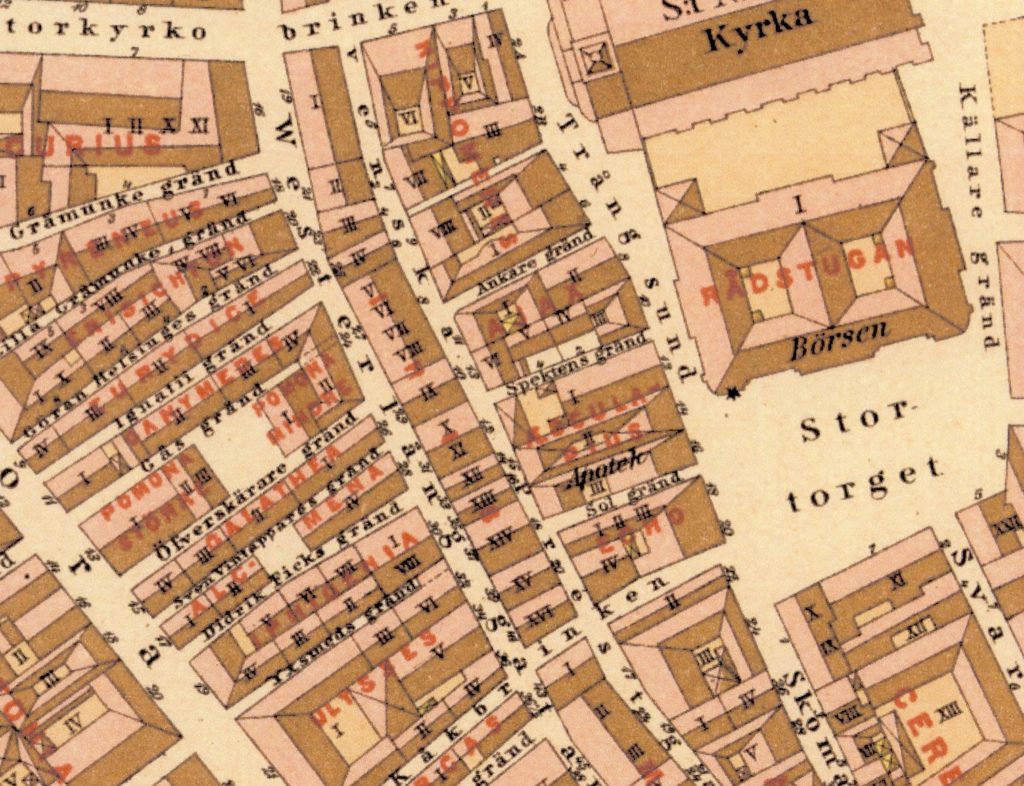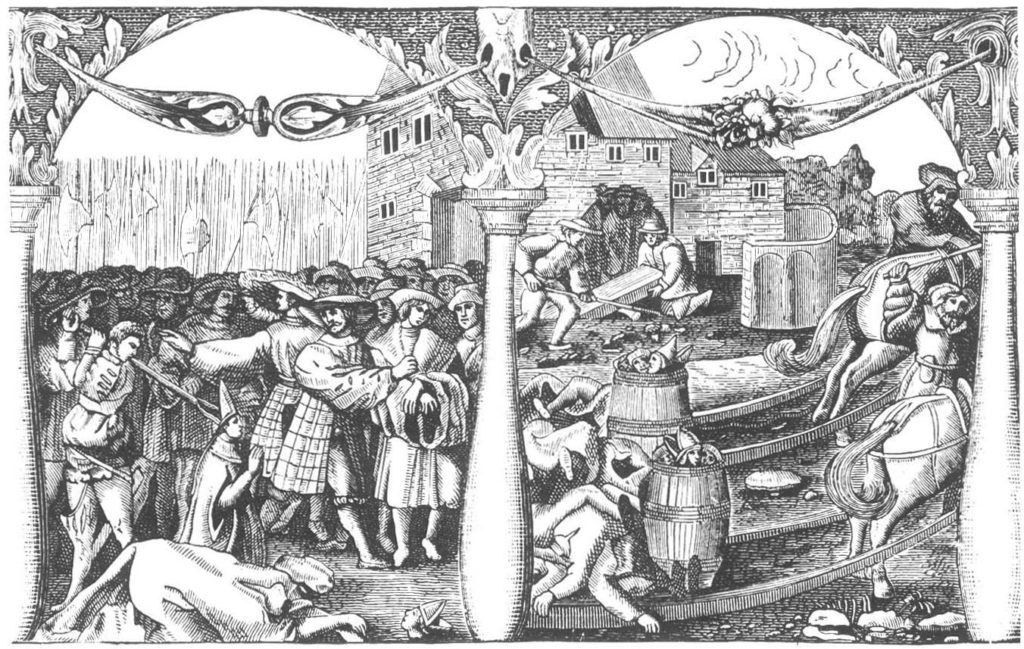Vibhuti Yadav,
an architect from India, living in Germany
Stortorget, Gamla Stan
Gamla Stan is the medieval old town where Stockholm was founded in 1252, which has not changed in 750 years. Most of Stockholms’ medieval treasure has remained pristine due to its neutrality in the 2nd world war. Stortorget (Meaning in old Norse: ‘stor’ means ‘large’ and ‘torget’ means ‘large’ making it a literal translation of ‘large square’) is the historic square located in Gamla Stan. This public square has various cafes for the perfect evening tradition of the country, fika, which includes a cup of coffee with some baked treats. The square also consists of the Stock Exchange Building (designed by Erik Palmstedt) which is occupied by the Nobel Museum, the Nobel Library and the Swedish Academy. Palmstedt also designed the well which stands in the centre of the square. According to the excavation it’s found that the medieval square is only 0.5m below the current cobbled plain, carbon-dated to the 11th century. In the present times, it’s mostly known as a scene for demonstration, performances and the annual Christmas Market.
Kalmar Union
In the year 1520, November 8 – 10, one of the darkest episode in the history of Stockholm took place, known as the Stockholm Bloodbath (Swedish: Stockholms blodbad). The event demands the recollection of the events that led to this event. Stockholm was a part of the Kalmar Union in Scandinavia along with Denmark and Norway. The union, however, was not a harmonious one due to the dominating position occupied by the Danish ruler, which left Sweden in a constant state of dissatisfaction. A constant struggle was noted among the pro-unionists (headed by Sten Sture the Younger) who wanted Swedish independence and anti-unionists (headed by the archbishop Gustavus Trolle) who supported the Kalam Union.
Christian II
One of the reasons which led to this brutal event was also the dethroning and the ultimate siege of Eric Arvidsson Trolle in 1515 by Sture. The then King of the Kalmar Union, King Christian II started the process of isolating the Swedish royalty politically. King Christian II was unsuccessful in his first two attempts of capturing Sweden. During the third attempt he took the help of the French, German and Scottish army which led to the defeat of Sture at the Battle of Bogesund. Another few months passed before Sweden finally gave in due to a proposal sent by Christian which seemed favourable to the Swedes. King Christian gave a proposition of full amnesty to all who fought against him and to respect the city’s privileges. He was thus given entry by Sture’s widow, Queen Christina Gyllenstierna into the city. He left shortly for Denmark only to return on November 4, 1520, for his coronation.

After Coronation
Following the Kings coronation, under the guise of a banquet, for three days, the event of Stockholm bloodbath unfolded. On the evening of November 7, 1520, various Swedish leaders were summoned by the King to a private conference at the palace and imprisoned by the Danish soldiers. Archbishop Gustavus Trolle took advantage of the coronation proceedings as a way to obtain redressal of the events his imprisonment. He got King Christian to pass the bill of indictment of the archbishop and condemned all who were against him for blasphemy. From November 9 – 10, 1520 all the anti-unionists were led to the great square were hanged or beheaded marking the execution of 82 people.
According to the historic narratives, “The bodies of the decapitated lay untouched for three days until they were taken outside of Stockholm to be burned” as a symbolic gesture to intimidate the Swedish citizens. This event also gave Christian II the title of ‘Kristian Tyrann’ (Christian Tyrant).

However, it was also this event which led to the uprising of Dalarna. Gustav Vasa, the son of Erik Johansson (one of the victims of the execution) escaped to Dalarna to seek refuge where he planned the beginning of a new revolt. Gustav Vasa was crowned as the King of free Sweden. This revolt is what led the Swedish to their ultimate independence in the Swedish War of Liberation, using the massacre as a catalyst to free themselves from Denmark.
XXXXXXXXXXXXXXXXX